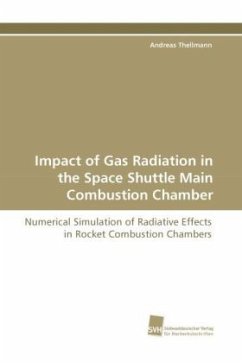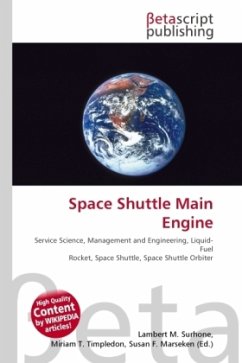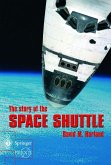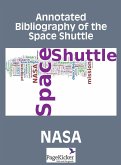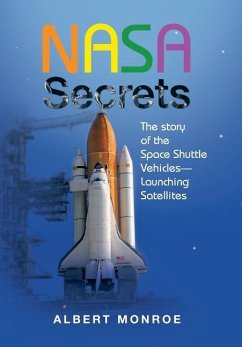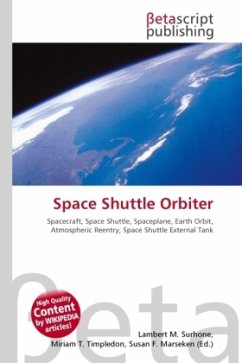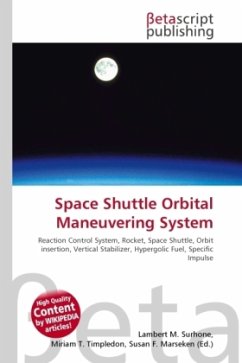Modelling gas radiation within the numerical analysis of combustion processes is often neglected due to the complex mathematics of the radiative transport equation, the lack of detailed information on the spectral properties of the radiatively participating gas. The challenge is to identify approximative models of the radiative transport equation, as well as suitable spectral approximations, which provide the best compromise between fastness and accuracy for the present problem. This thesis investigates the impact of gas radiation on a turbulent, reacting flow in a rocket combustion chamber based on the main combustion chamber of the Space Shuttle Main Engine (SSME). Due to the high characteristic temperature (3800 K) and pressure (21 MPa) and presence of strong radiating species, gas radiation plays a significant role in the heat transfer analysis of rocket combustion chambers. To investigate the influence of the radiatively participating species, two different combustion systems are considered: hydrogen-oxygen (H2-O2) and methane-oxygen (CH4-O2).
Bitte wählen Sie Ihr Anliegen aus.
Rechnungen
Retourenschein anfordern
Bestellstatus
Storno

